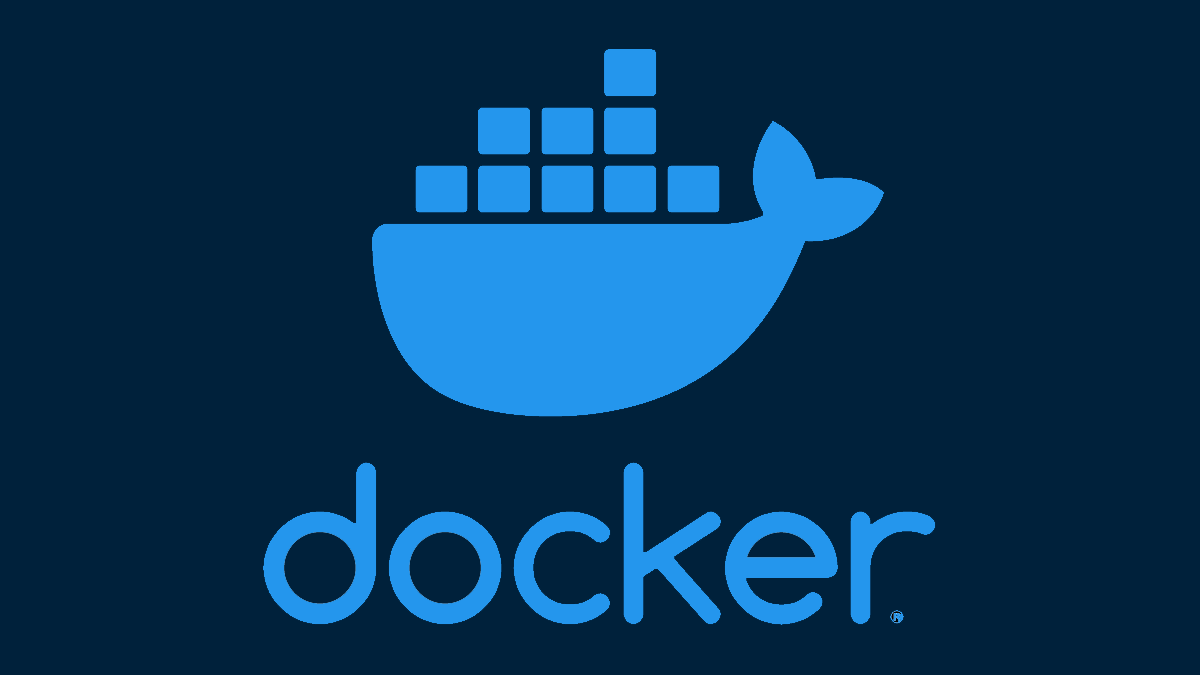Description
Introduction
Infrastructure as Code (IaC) has become a cornerstone of modern DevOps practices, enabling automation, consistency, and scalability. Terraform is one of the leading tools for IaC, allowing teams to define, provision, and manage infrastructure through code. This course focuses on mastering Terraform for DevOps, covering best practices for implementing IaC, automating infrastructure provisioning, and integrating Terraform with modern DevOps workflows.
Prerequisites
- Basic understanding of DevOps practices and principles
- Familiarity with cloud platforms (AWS, Azure, Google Cloud)
- Basic knowledge of programming and scripting languages (Python, Bash)
- Experience with version control systems like Git
Table of Contents
- Introduction to Terraform and Infrastructure as Code
1.1 What is Infrastructure as Code (IaC)?
1.2 Benefits of IaC in DevOps
1.3 Introduction to Terraform: Key Concepts and Components
1.4 Understanding Terraform Providers, Modules, and State
1.5 Comparison of Terraform with Other IaC Tools (CloudFormation, Ansible, Puppet, Chef) - Setting Up Terraform Environment
2.1 Installing Terraform on Various Platforms (Windows, macOS, Linux)
2.2 Configuring Cloud Providers (AWS, Azure, GCP)
2.3 Setting Up Terraform CLI and Cloud Access Credentials
2.4 Understanding Terraform Files:.tf,.tfvars, and.tfstate - Writing Terraform Configurations
3.1 Basic Terraform Configuration Syntax and Structure
3.2 Creating Resources (EC2, S3, Virtual Machines, Databases)
3.3 Variables and Outputs for Dynamic Configurations
3.4 Managing Resources with Data Sources
3.5 Using Terraform Modules for Reusable and Scalable Code - Terraform Workflow: From Initialization to Provisioning
4.1 Terraform Initialization (terraform init)
4.2 Planning Infrastructure Changes (terraform plan)
4.3 Applying Changes (terraform apply)
4.4 Managing Terraform State (terraform state)
4.5 Destroying Infrastructure (terraform destroy) - Managing Infrastructure with Terraform State
5.1 Understanding Terraform State Files
5.2 Remote State Storage: S3, Azure Blob Storage, Terraform Cloud
5.3 Locking State Files for Concurrent Operations
5.4 Handling State File Security and Backups
5.5 State Management Best Practices - Advanced Terraform Features and Techniques
6.1 Conditional Logic and Loops in Terraform
6.2 Working with Multiple Environments (Development, Staging, Production)
6.3 Dependency Management withdepends_on
6.4 Managing Secrets with Terraform Vault and AWS Secrets Manager
6.5 Debugging Terraform Code: Error Handling and Troubleshooting - Terraform Modules: Organizing and Scaling Infrastructure Code
7.1 What Are Modules in Terraform?
7.2 Creating Custom Terraform Modules
7.3 Using Public Terraform Modules (Terraform Registry)
7.4 Structuring Terraform Projects for Reusability
7.5 Module Best Practices for Scalability and Maintenance - Automating Terraform with CI/CD Pipelines
8.1 Introduction to CI/CD Pipelines in DevOps
8.2 Integrating Terraform with Jenkins, GitLab CI, and GitHub Actions
8.3 Automating Terraform Plan and Apply in CI/CD(Ref: AI & ML with Python: Building Predictive Models and Visualizations)
8.4 Using Terraform in Multi-Environment Deployments
8.5 Rolling Back Changes and Managing Infrastructure Versions - Collaborating on Terraform Projects
9.1 Terraform Cloud and Enterprise Features
9.2 Working with Teams: Permissions, Workspaces, and Access Controls
9.3 Version Control Best Practices for Terraform Configurations
9.4 Integrating Terraform with GitOps Workflows
9.5 Peer Reviews and Collaboration in Infrastructure Management - Monitoring, Auditing, and Security in Terraform
10.1 Monitoring Infrastructure Provisioning and Changes
10.2 Auditing Terraform Operations and Logs
10.3 Securing Terraform Workflows: Secrets Management
10.4 Terraform Security Best Practices for Cloud Infrastructure
10.5 Ensuring Compliance and Governance with Terraform - Best Practices for Terraform in DevOps
11.1 Writing Clean, Maintainable Terraform Code
11.2 Keeping Infrastructure Code Versioned and Modular
11.3 Managing Infrastructure Drift and Reconciliation
11.4 Testing Terraform Configurations and Infrastructure
11.5 Optimizing Terraform Performance for Large Projects - Capstone Project: Implementing Infrastructure-as-Code with Terraform
12.1 Defining Infrastructure Requirements for a Sample Project
12.2 Writing Terraform Code to Provision Resources
12.3 Automating Infrastructure Deployment with CI/CD
12.4 Securing, Monitoring, and Auditing Infrastructure Changes
12.5 Presenting and Deploying the Infrastructure - Conclusion
13.1 Key Takeaways from the Course
13.2 Continuing Your Journey with Terraform and DevOps
13.3 Resources for Further Learning and Best Practices
13.4 Real-World Applications of Terraform in DevOps
Conclusion
This course provides a comprehensive approach to mastering Terraform for DevOps, teaching you how to automate and manage infrastructure through code. By applying best practices in infrastructure-as-code, you’ll gain the skills to efficiently provision, scale, and secure infrastructure in cloud environments. With Terraform’s powerful automation features, you will be equipped to streamline workflows, ensure consistency, and improve the agility of your DevOps processes.







Reviews
There are no reviews yet.